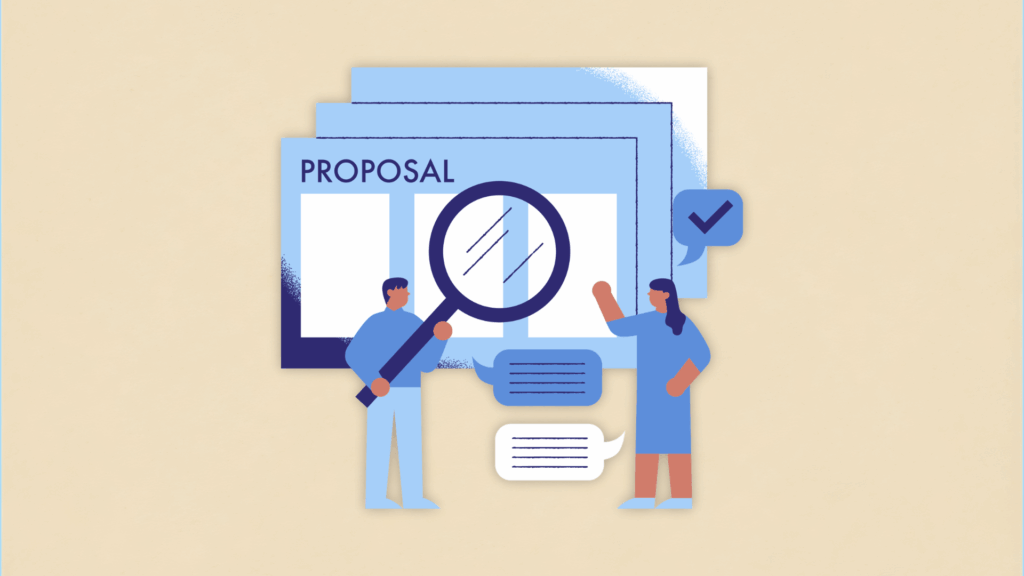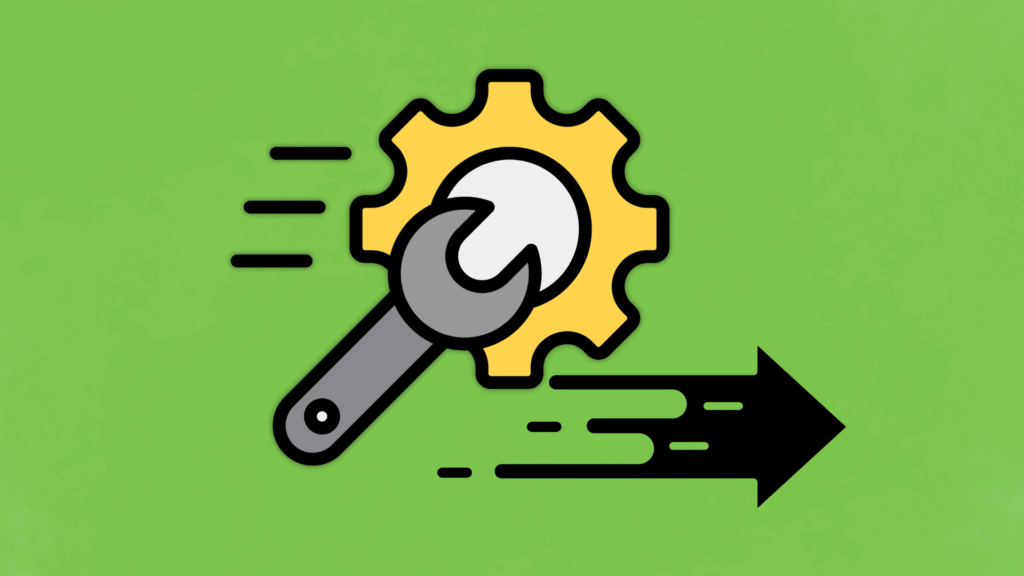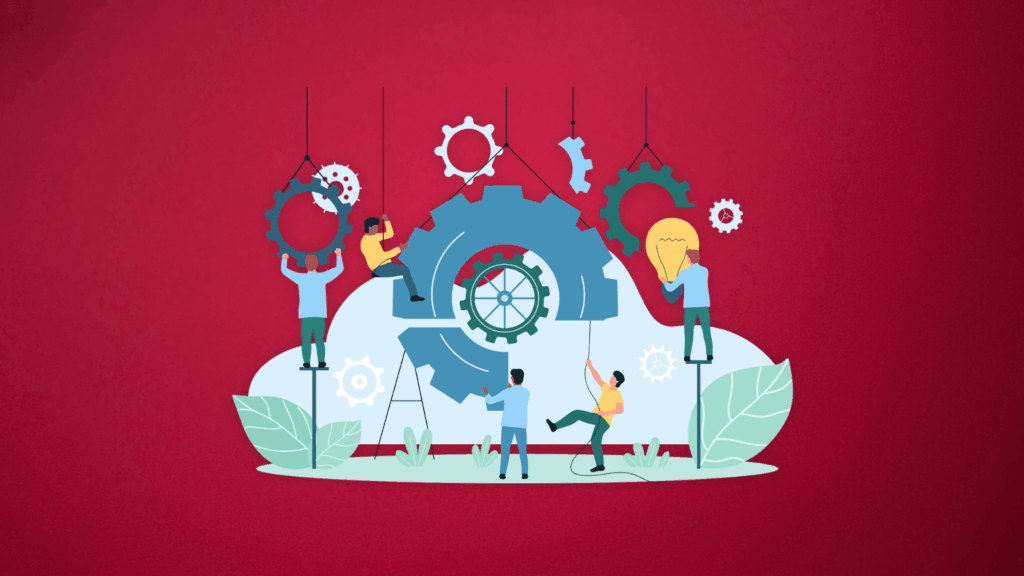The Hidden Link Between Energy, Nutrition, and Productivity in RevOps Teams

Energy, focus, and nutrition quietly shape RevOps performance. Discover how small shifts in team rhythm, leadership pacing, and day-to-day support can improve productivity, data accuracy, and operational confidence.
Stage to Strategy: Turning Industry Event Energy into Revenue-Ready Pipeline

Industry events and strategic engagements spark energy, but does your revenue system turn it into pipeline? Discover how structure, context, and ownership drive event ROI.
Culture as ROI: Why Strong Alignment Strengthens Teams and Systems

Learn how shared values and partner culture influence trust, process adherence, and engagement, creating stronger teams and more reliable outcomes.
From Human to Autonomous: How Agentforce Redefines Sales Enablement

Discover how Agentforce transforms Salesforce from a passive system into an active executor of GTM processes through this comparative article. Learn how autonomous agents can allow revenue teams to focus on strategy while maintaining operational consistency.
Winning Executive Buy-In: How RevOps Leaders Prove Strategic Value to the C-Suite

Discover how RevOps leaders secure executive buy-in through strategic framing, risk mitigation, and operational storytelling. Learn how to translate tactical work into high-impact business value.
Pros and Cons of Quick Fixes in Salesforce: Why They Don’t Always Pay Off in Growth Mode

Quick fixes in Salesforce can solve immediate problems but may cause long-term issues like broken automations, data errors, and slower scaling. Learn how to balance fast solutions with strategic planning to keep your org running smoothly.
Culture Signals to Watch: How to Spot a Partner Who Will Actually Bring Value to Your Company

The secret to a successful Salesforce project isn’t just great tech. It’s choosing the right partner. Lane Four shares the culture signals that predict real adoption and long term success.
How Standardized GTM Processes Drive Increased Revenue Predictability

Discover how structured go-to-market processes make revenue outcomes more predictable by aligning people, tools, and data around execution.
Data Hygiene in Salesforce: Why Revenue Leaders Can’t Afford to Ignore It

Messy Salesforce data is piling up and hurting forecasts. Learn about the impact of good data hygiene and practical steps to clean your CRM, improve accuracy, and boost revenue team productivity.